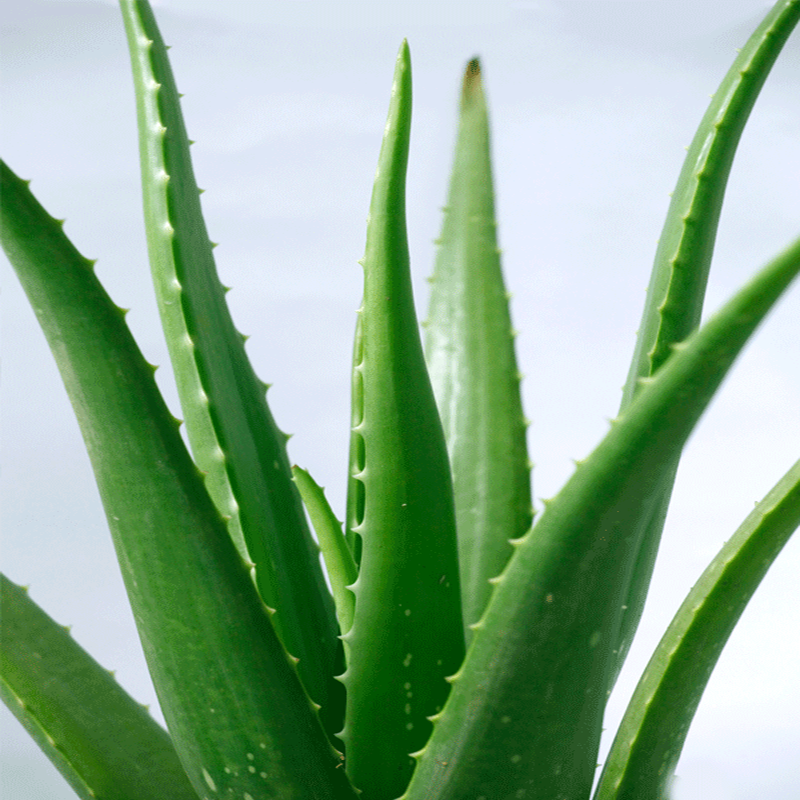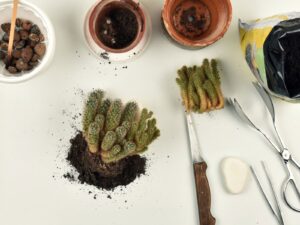Cacti are a fascinating group of plants, famous for their resilience and unique adaptations to arid environments. However, not all spiny plants are cacti. When you glance at an Aloe Vera plant, with its wide, fleshy leaves and often rosette-like formation, it might evoke a sense of familiarity among cacti enthusiasts. Could it be a cactus in disguise? This playful question introduces a potential challenge for horticulturists and casual gardeners alike: How does one differentiate between cacti and plant species that bear a striking resemblance to them, such as Aloe Vera? Understanding these botanical nuances is both essential and intriguing.
To properly navigate this verdant world, we need to explore several categories that bring clarity to this whimsical challenge. By examining the defining characteristics of both cacti and succulents like Aloe Vera, we can instill confidence in our identification skills.
Characteristics of Cacti Versus Aloe Vera Plants
Cacti belong to the family Cactaceae, and they share a suite of characteristics that set them apart from their succulent counterparts. One crucial feature is the presence of areoles—these small, cushion-like structures represent the nodes from which spines, flowers, and branches emerge. This distinctive trait is unique to cacti and serves as a reliable identifier.
In contrast, Aloe Vera, which belongs to the family Asphodelaceae, lacks these areoles. Instead, it exhibits long, narrow leaves that are often serrated along the edges and can sport various green hues, occasionally splashed with white markings. While both plants are adept at water retention and thrive in arid environments, their evolutionary paths and adaptations diverge significantly.
Spineless and stemless, Aloe Vera may sidestep the “typical” image of a desert dweller. However, the striking visual of thick, fleshy leaves can mislead many. Compounding this confusion, various other species mimic the aesthetic qualities of Aloe Vera whilst representing disparate plant families. Familiarity with these traits offers the first step in fortifying plant identification skills.
Imposters: Other Succulents That Resemble Cacti
Across the verdant catalogs of succulent plants, numerous species exhibit striking similarities to both cacti and Aloe Vera. Let’s delve into a few of these sagacious impersonators — each deserving of recognition, yet distinct in their own right.
The Agave species, with its robust rosettes and acute spines, may initially evoke comparison to both Aloe and cacti. They sport broader leaves and typically lack the prominent fleshy leaf morphology of Aloe Vera. The difference becomes evident in their growth styles; agaves grow larger and often take years to bloom, whereas Aloe foliage remains compact and manageable.
Then there’s the Haworthia, a captivating genus native to South Africa. These small succulent plants may mimic Aloe Vera with similarly structured, thick leaves that display a fascinating array of colors and patterns. They are characterized by their rosettes but lack any spiky protrusions, making them distinctly non-cacti.
Additionally, consider the Euphorbia genus, particularly Euphorbia tirucalli, or the Pencil Cactus. While some species also exhibit characteristics analogous to cacti, they are technically classified as a different family and lack true spines. Instead, they bear soft, rubbery structures that can often lead to identification errors among the unwary.
Common Environments and Growth Conditions
Identifying cacti and Aloe Vera also hinges upon their respective habitats and individual care requirements. Cacti have evolved thrifty adaptations that allow them to endure extreme droughts, consequently requiring well-drained sand or gravel substrates and infrequent watering. Their growth often flourishes under full sun exposure.
Aloe Vera, on the other hand, appreciates slightly more shaded conditions, thriving in environments where they receive partial sunlight. When cultivated indoors or in containers, they prefer a mix of potting soil designed for succulents, enabling efficient drainage and aeration.
Moreover, their watering needs are defined by moderate routines; while they are succulents, too much moisture can lead to root rot, a common plight among both species. In this way, understanding the varying care needs can help an enthusiast appreciate the boundaries between these flora.
Enhancing Identification Skills in the Plant Aficionado
As you cultivate your plant collection, honing your identification skills is paramount. Armed with knowledge about morphologies, growth conditions, and family characteristics, enthusiasts can navigate the complex botanical landscape with confidence. Consider engaging in community forums, botanical workshops, or utilizing mobile apps designed for plant identification, allowing for a broader understanding and appreciation of all succulents.
In navigating the enchanting yet complex world of plants that resemble each other, we confront delightful possibilities and the joy of discovery. What initially appears to be a cactus may instead be a prominent Aloe Vera or one of its charming impostors. Each succulent species presents a unique story and an opportunity to deepen one’s appreciation for the complexities of vegetation. By sharpening our observational skills and embracing the rich diversity of plant life, we ensure that our green thumbs remain vigilant and knowledgeable in this captivating pursuit.





Leave a Comment